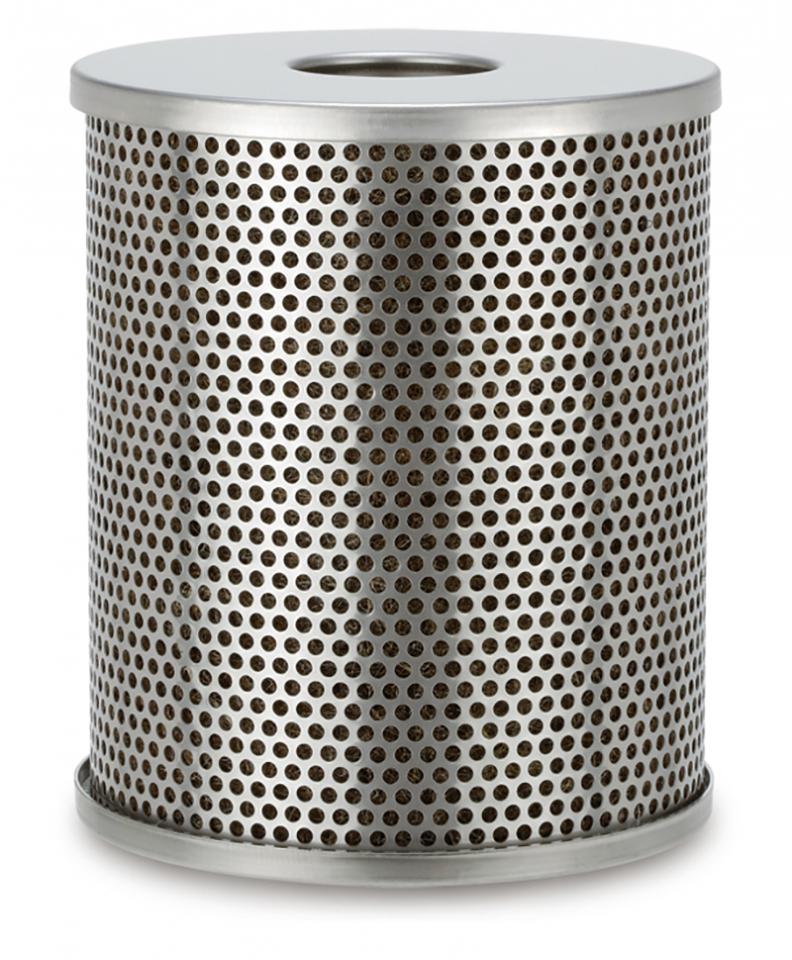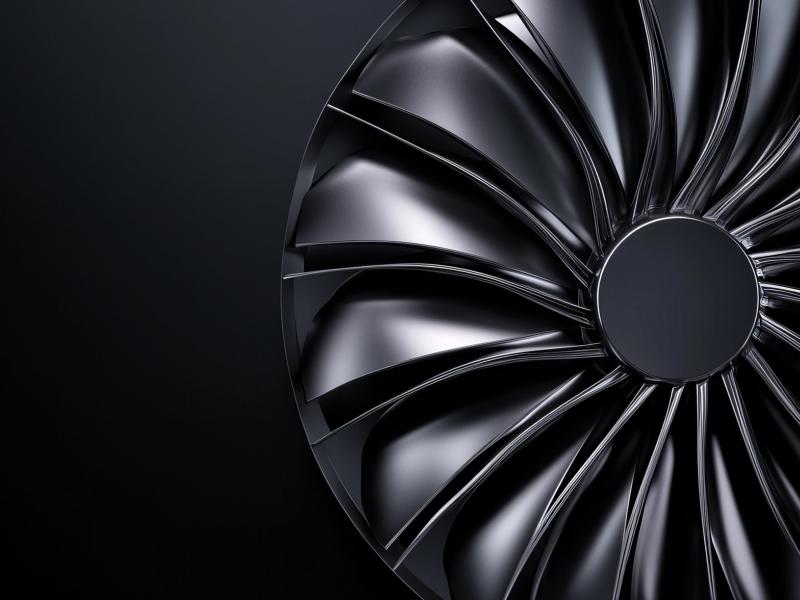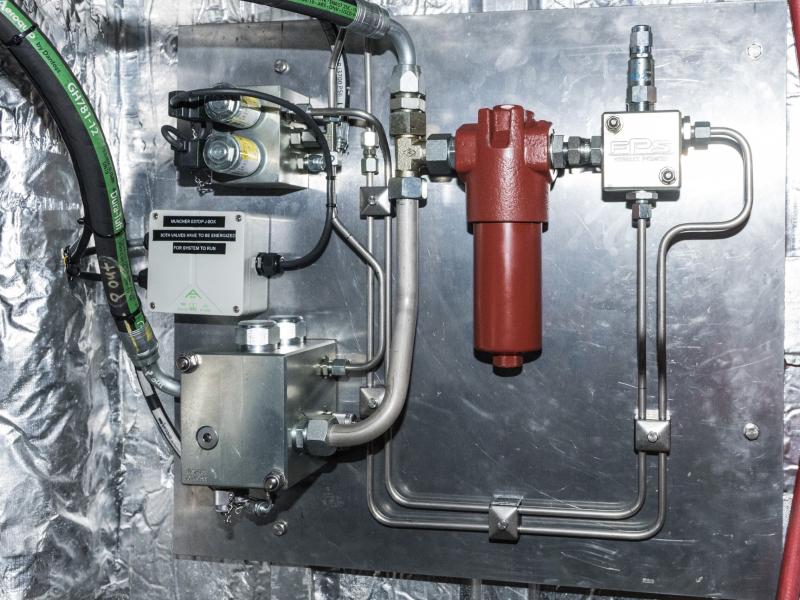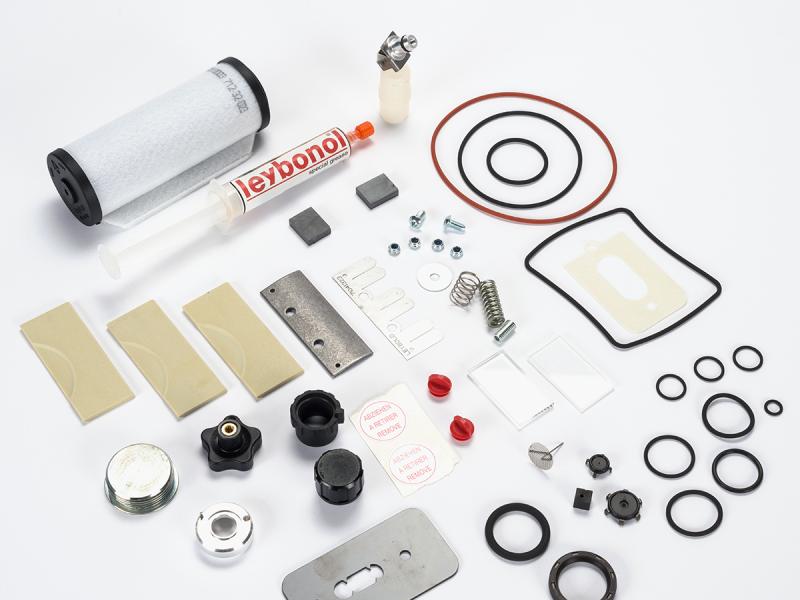SMC Corporation has dubbed October ‘Filter Awareness Month’ in a bid to generate further awareness and education around the importance of air filter maintenance in the factory.
When looking around a plant, one of the last things that one notices are the air filters, however Robert Taylor, Product Specialist for SMC Corporation Australia New Zealand (ANZ) argues that their role in a system cannot be overlooked.
“When it comes to the cost of maintaining filtration, one needs to consider the cost of downtime that occurs each time air quality issues result in component failure. In a food environment, for instance, exhausts from the air system are in close proximity to food products and products can be spoilt through contamination when an air filter fails.”
Robert explains that properly maintained air filters offers two key benefits:
1. Efficient equipment: “Proper filter maintenance ensures that machinery and processes run efficiently and economically.”
2. Goodbye contaminants: Filter maintenance helps keep contaminants out of cylinders, valves, and other pneumatic components. “This guarantees a longer service life and enhanced product reliability.”
However, the common misconception and a major reason for the resistance by some manufacturers comes down to ‘dreaded downtime’, which Robert believes can be easily avoided in most cases. “An air system that runs 24/7 should have a bypass system around the filters, allowing maintenance downtime to take place without disrupting the air supply,”
Other common questions answered
Robert recommends replacing filters every two years or when a 0.1MPa pressure drop is recorded. “We have, however, seen shorter time spans in applications demanding longer service hours - so it depends on the environment. For instance, a dirty or dusty environment will see the filter becoming contaminated more quickly.”
Robert outlines a few simple signs that one should look out for: “SMC offers a handy visual-cue red and green indicator on the top of the filter that indicates when the pressure drop through the filter is higher than the optimum level. In addition, pressure sensing options can be added to SMC’s modular range for remote monitoring of pressure differentials across filters.”
“If not, look for signs that the machine may be slowing down or not performing as it should be; it will become quite evident in the increase in pneumatic component failures.”
In addition, Robert says that a discolouration in the silencers installed in the valves could also be a dead giveaway. “In the case of very fine oil mist filtration you may start to ‘smell' or feel the oil in the exhaust air.”
While SMC offers a wide range of filters, Robert believes the AFF main line filter series should be “part and parcel” of every system. “This is a 3 micron or 1 micron filter which offers a basic level of filtration to ensure that the bulk of the contamination is removed before going into the factory air system.”
And if you suspect that there is condensated water trapped in the plant’s compressed air, you might need to consider adding a water separator to your air preparation system. “The next line of defense for removing water are drip legs and aftercoolers.”
Optimising air filtration systems for cost-efficient performance
To conclude, Robert urges manufacturers to carefully consider their filtration system design. “It helps to optimise the cost and performance of a system. In the compressor room, you should design your filtration to cover off the minimum level required by the factory. This way you do not over-invest in filtering air to a level that may not be required by some of your equipment. The filtration should then be ‘adjusted’ at the entry to a machine that may require a higher quality of air. This, in turn, minimises the cost of the filtration and maximises the performance of your system.”






